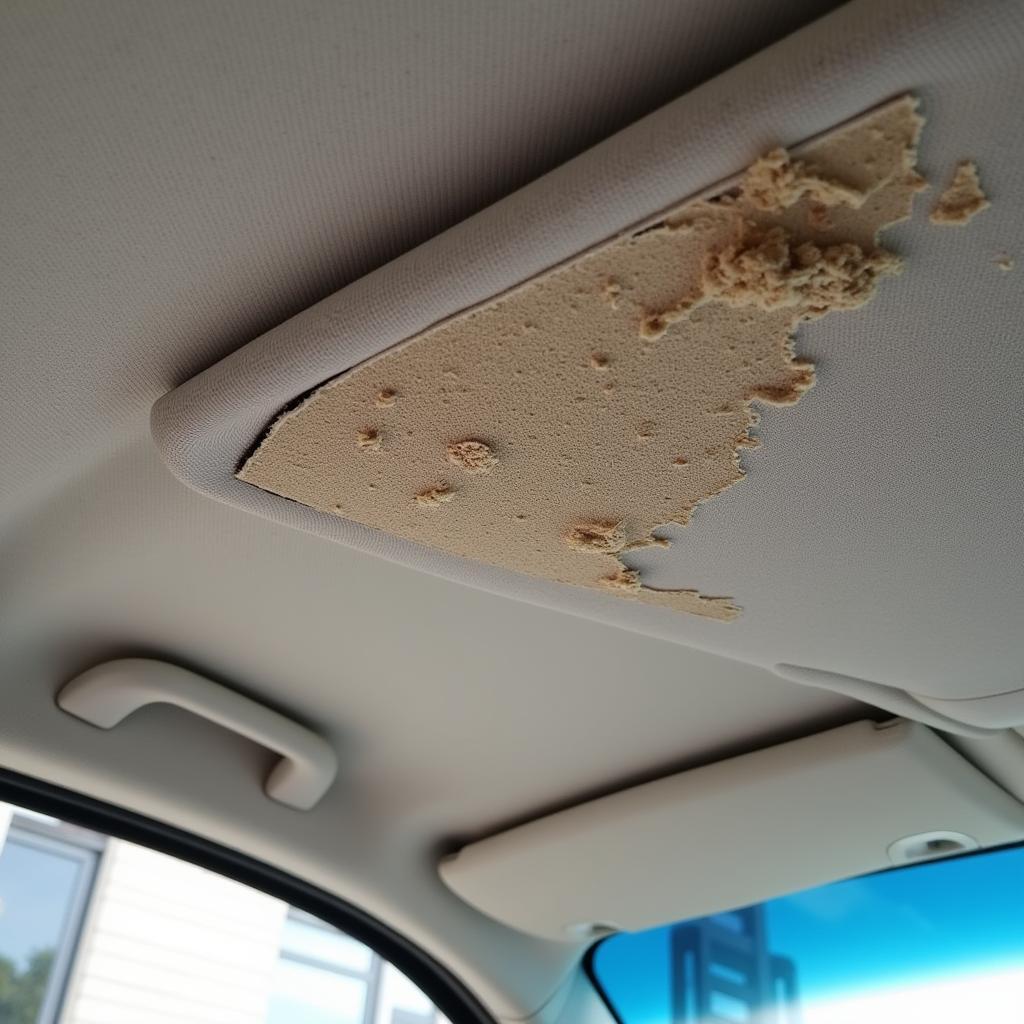Self-drive car problems are becoming increasingly common as this technology enters the mainstream. From software glitches to sensor malfunctions, understanding these issues is crucial for both owners and technicians. This article will delve into common self-drive car problems, offering troubleshooting tips and maintenance advice to keep your autonomous vehicle running smoothly.
One common issue is sensor malfunction. Sensors are the eyes and ears of a self-driving car. If they’re dirty, damaged, or misaligned, the car’s perception of the environment can be severely compromised. This can lead to erratic driving behavior, sudden braking, or even collisions. Regular cleaning and calibration are essential for optimal sensor performance. For more insights on engine issues in general, check out major car engine problems.
How to Identify a Self-Drive Car Sensor Problem?
Unusual braking or steering behaviors are often the first signs of a sensor issue. If your self-driving car seems hesitant or makes abrupt maneuvers for no apparent reason, it’s time to investigate the sensors. Diagnostic tools can help pinpoint the faulty sensor and guide the repair process. Sometimes, a simple cleaning is all that’s needed. In other cases, the sensor may need to be replaced.
Another prevalent self-drive car problem revolves around software glitches. Like any computer system, the software controlling a self-driving car can experience bugs or errors. These can manifest in various ways, from minor annoyances like incorrect map data to more serious problems like system freezes or unexpected shutdowns. Keeping the software updated is crucial to minimize these issues. Manufacturers regularly release updates that address bugs and improve performance. Have you ever considered the new challenges posed by these vehicles? Find out more about the new problem created by self drive car.
What to Do When Your Self-Driving Car Experiences a Software Glitch?
If you encounter a software glitch, try restarting the system. This often resolves minor issues. If the problem persists, contact the manufacturer or a qualified technician. They can diagnose the problem and provide the necessary software updates or repairs. Remember that overlooking software updates can lead to unexpected problems down the road.
Troubleshooting Self-Drive Car Problems: A Step-by-Step Guide
- Identify the problem: Note the specific symptoms, such as erratic driving, sensor errors, or software glitches.
- Check the sensors: Inspect the sensors for dirt, damage, or misalignment. Clean or replace as needed.
- Update the software: Ensure the car’s software is up-to-date with the latest manufacturer releases.
- Consult a technician: If the problem persists, seek professional help from a qualified technician.
“Regular maintenance is key to preventing many self-drive car problems,” says Dr. Emily Carter, a leading expert in autonomous vehicle technology. “Just like a traditional car, self-driving cars require regular checkups to ensure optimal performance and safety.” For a deeper understanding of potential issues in used autonomous vehicles, read best way to check a used car for engine problems.
Conclusion
Self-drive car problems can be frustrating, but with proper maintenance and troubleshooting, many issues can be resolved. By understanding the common problems associated with these vehicles and following the steps outlined in this article, you can keep your autonomous vehicle running smoothly and safely. Remember, regular checkups and staying informed about the latest software updates are crucial for optimal performance. For further insights on the safety of self-driving cars compared to human-driven ones, explore this article: self driving cars have a problem safer human driven ones. If you are experiencing issues with your car’s AC compressor, this article might be helpful: compressor problems in car. Connect with us at AutoTipPro for any assistance. Call us at +1 (641) 206-8880 or visit our office at 500 N St Mary’s St, San Antonio, TX 78205, United States.






Leave a Reply